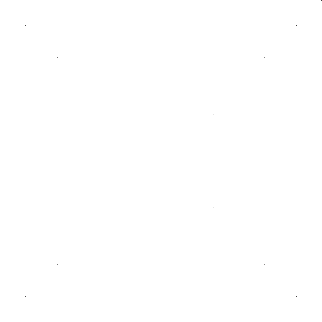MCB-DV-5873
The Mapping of Canada
Beschreibung
[...] The Mapping of Canada prompted several spectators to start reading, even to come up with all sorts of strange interpretations. So, there are figures in the performance, and in their turn they evoke a background. Why should we not defy angry responses and do the impossible in order to take the edge off the anecdote? By describing the dance in terms of a figure/ground relationship. Impossible! After all, how can transience be captured in this sort of visual setting?
And why not? A title like The Mapping of Canada would seem to lead in that direction. Alexander Baervoets and David Hernandez want to chart a large region ' dance. What is a map other than the rendition of a landscape in figure/ground relationships? Or, why not, a floor plan, a two-dimensional plane on which figures can be distinguished. Without visuality there are no maps. But what is then left of the dance? And what remains of the looking? [...]
The Mapping of Canada is a joint venture with David Hernandez, and that makes a difference. A general course is indeed marked out, but the performance is three quarters improvised, and neither of the two dancers is a clock. The contrast could not be greater: David Hernandez dances rapidly, dances a lot, one might say he rushes through the whole thing with his rigid, rectilinear movements. This combination of characters makes for a thorough disruption of the Baervoets world. As an alien element, Hernandez makes the foundations of Baervoets’ work visible, by demanding a place for himself as a dancer. In addition, he reminds us of something writers tend to forget: dance is more than an event in space and time ' it revolves first and foremost around dancers. It is dancers who make time visible, their bodies are the basis of figures and transience. (This text was commissioned by CC Maasmechelen (Belgium) and published in December 2000 in the book Hugo Haeghens)
[Quelle: http://sarma.be/docs/986]
cru
Choreographie
Darsteller
Alexander Baervoets, David Hernandez
Standorte
MCB
Aufnahmedatum
Samstag, 11. März 2000
Orte
Stadt
Antwerpen
Land
BE
Länge
48 min
